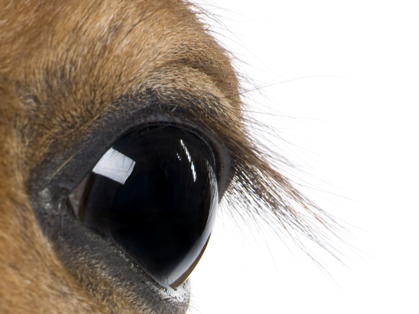Addressing More Risk Factors of Veterinary Suicide

EC Stock Image
Australian Veterinary Association
In supporting the mental health and wellbeing of veterinarians, the Australian Veterinary Association (AVA) firmly believes that addressing the risk factors should be the primary focus in reducing the high rate of suicide within the veterinary profession.
The AVA has identified long working hours, high workloads, poor work-life balance, the attitude of clients, and stress about performing euthanasia as some of the main contributing reasons leading to veterinarian suicide.
“The primary source of vet suicide is adverse psychosocial working conditions. Many in the veterinary profession suffer from high levels of anxiety, depression, stress and burnout, and high personal expectations due to these risk factors,” said Dr Warwick Vale, AVA President.
A recent AVA survey of members found that the vast majority of vets are supportive of measures to lock up potentially dangerous drugs used in veterinary procedures. Vets already restrict access to these drugs and keep them securely stored when not in use.
The reporting requirements of the recently proposed Schedule 8 drug classification are viewed as problematic by the profession, due to the nature of the volumes and often emergency circumstances under which these drugs are used.
“The AVA recommends that veterinary practices should limit access to any potentially dangerous substances by non-veterinary staff, but those most at risk – veterinarians – will still need access to these drugs on a regular basis so as not to impact on animal welfare,” said Dr Vale.
“The AVA is here to support all members of the veterinary profession, especially those experiencing stress, anxiety and other impacts to their mental health. We’ve implemented a range of initiatives to support veterinary mental health and wellbeing,” said Dr Vale.
The AVA’s VetHealth resources aim to address some of the risk factors and assist those responding when veterinarians are identified as being at risk or in a crisis situation. The AVA also provides access to a confidential counselling service, an HR Advisory service, together with seminars around resilience, wellness and mental health.
The AVA’s Mental Health First Aid Training program assists practice staff in identifying employees who may be experiencing mental health issues and helps them know how to offer assistance. The goal is to eventually have a Mental Health First Aid Officer in every veterinary workplace in Australia. The AVA’s Graduate Mentoring Program also pairs newly-graduating veterinarians with an experienced colleague in another practice to provide support, while a new AVA student group has been launched to help prepare upcoming vets for entering practice.










